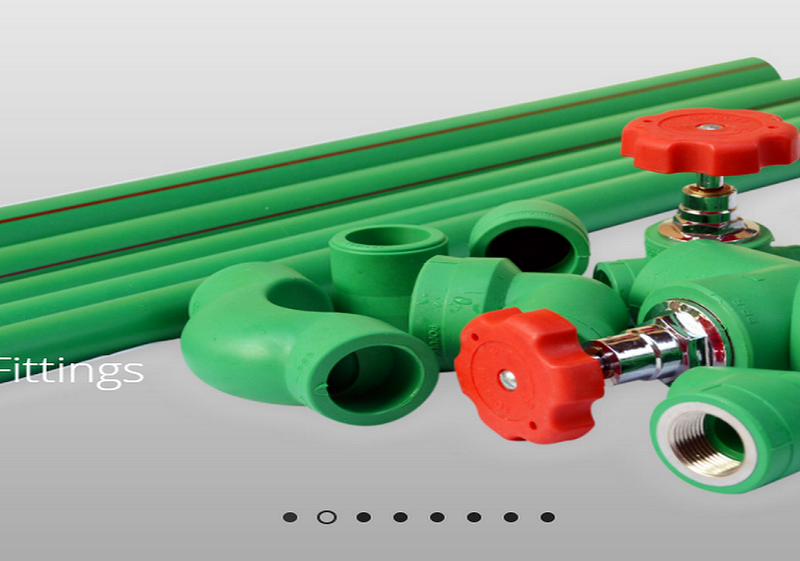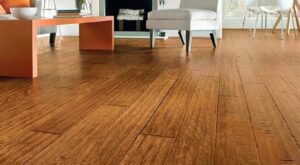Why PPR Pipes are a better choice for residential plumbing?

The building sector, civic infrastructure, water conservation engineering, and agribusiness have all continued to expand in recent years, owing to the country’s economic and society’s sustained growth. PPR pipe and PVC pipe are two regularly utilized pipes in these sectors, and each pipe has its own set of benefits. So, how well do you understand the distinction between PVC and PPR pipes?
PPR is a cold\ hot water delivery system that may be used for hygienic and potable water supply purposes and heating systems. Polypropylene Random (PPR) pipes and injection molded fittings are used, and they are fusion welded together to create a seamless, all-plastic network. You may well be asking if using PPR pipes instead of PVC pipes is required.
What Is PPR Pipe and How Does It Work?
PPR tube is a rigid tubular pipe made from a Polypropylene Random Copolymer polymer that is continuously extruded. Outside dimensions range from 20mm to 110mm. The wall of the PPR pipe is substantially thicker than PVC. They are usually green or white in color, with outside dimensions ranging from 20mm to 110mm. PPR pipe is available in a range of diameters and comes with various coupling connectors, components, and attachments.
Is it possible to utilize PPR instead of PVC?
Most plumbers and engineers choose to utilize PPR for their projects for its durability. It provides the expected finish for your home. PVC pipes are infamous for fading out quickly and releasing toxins into the water.
Why should you use a PPR pipe rather than a PVC pipe?
There are a variety of benefits to using PPR pipes and fittings. Fittings, valves, fusing machines, and other equipment are accessible for each and every size of pipe in the PPR pipe network. They are non-toxic and safe to use. As a result, this is the finest option when it pertains to potable water pipe systems.
The following are some of the benefits of PPR pipeover PVC:
- Conductivity is low.
The pipelines are appropriate for cold/hot water delivery systems since they have poor thermal resistance. They are utilized in new houses in conjunction with fiberglass insulating materials, and the two work together to improve energy efficiency.
- The Interior layer is smooth.
PPR pipes have a particularly smooth internal wall or surface when compared to other conventional pipes. When speaking of surface tension, the pipes have a minor impact due to their smooth edges. It also minimizes pressure throughout fluid transmission and distribution. PPR tubes do not shatter like metal tubes, making them a safer option for water supply.
- Non-toxic
Dangerous substances in our water system pose a health risk. PPR pipes and fittings are constructed from non-toxic basic materials to ensure the water is free from chemical contamination. As a result, it doesn’t contain hazardous chemicals that will harm the health of those who consume the water it produces. It’s not only good for our health, but it’s also good for the planet. Because the PPR piping system is non-toxic, any manufacture or installation will not pollute the environment.







